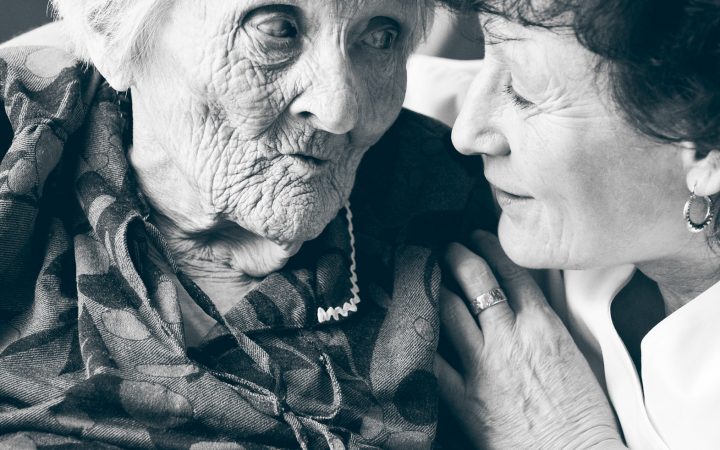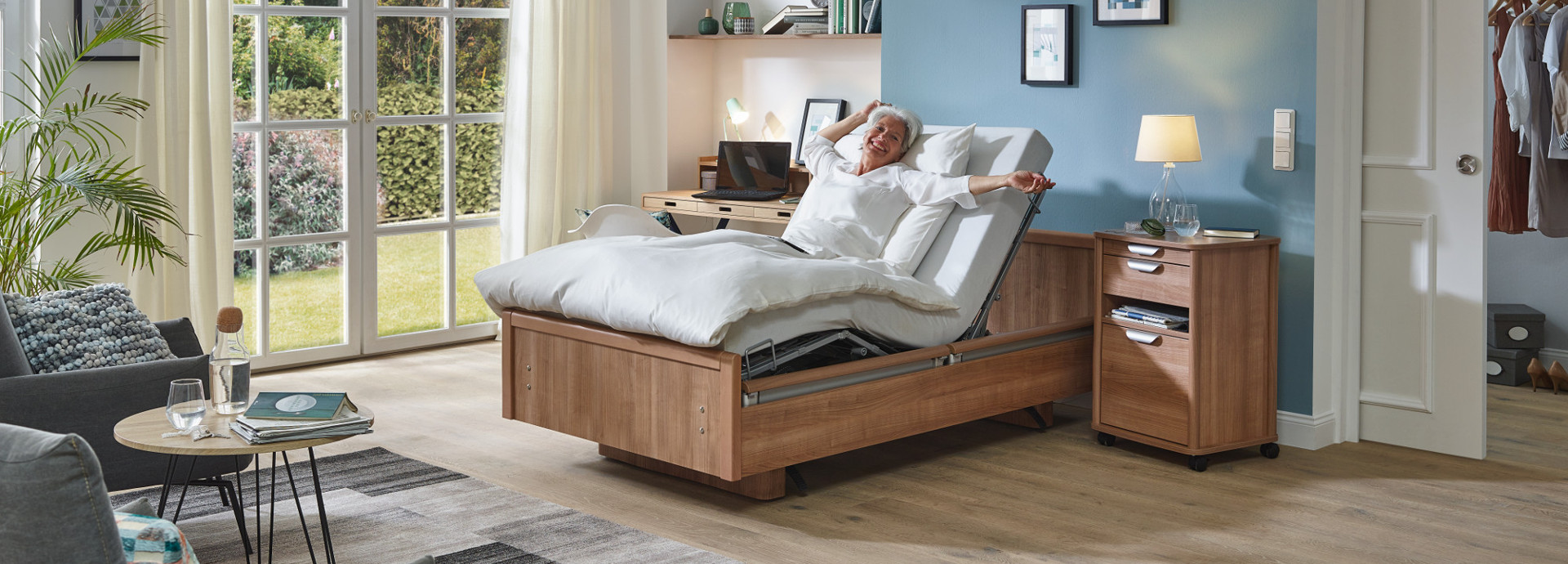Sooner or later, each person will wonder how and where to live in old age. Unlike in the past, however, the alternative to one’s own home is no longer limited to relocation to a retirement home. In recent years and decades, many other forms have developed for living for seniors, who attach importance to the most self-determined way of life, social contacts and possibly the involvement in a community. The question of which form of housing is the most suitable for whom remains a very personal decision. For a first overview of the different options that are available to seniors, we would like to introduce you to some forms of living in this blog post:
Living in the familiar environment
First of all, the basic question is whether you want to stay home in a familiar environment or change your living environment again – be it for practical or personal reasons. Whether one can stay at home at a young age also depends on whether and to what extent someone is dependent on everyday help and how barrier-free the home or house is. If you live in a non-ground floor apartment, the lack of an elevator in the house can make a move necessary. Also, the question of how well an apartment is connected infrastructurally can be a reason to move again, as a lonely residential area in old age can make it difficult to participate in social life.
If the decision has been made to stay in one’s own flat, consideration should be given to age-appropriate adaptation of the furnishings at an early stage. A bathtub can be replaced with a walk-in shower; the kitchen is restructured so that all important utensils are easily accessible. Sooner or later, the staircases in your own house require the installation of a stairlift or important living areas such as staircases. The bedroom may also be moved to the ground floor – An electric nursing bed, such as BonCasa by wissner-bosserhoff, is also helpful for daily care. If day-to-day support is needed, home-based help, outpatient nursing services, meals on wheels, or help from family members can help keep you at home. In the case of a higher need for care, a permanent caregiver can take over the care, which is usually extremely expensive.
Moving to a supervised residential or household community
If you decide to move again, there are various options to choose from. On the one hand you can move into a supervised residential complex in which everyone lives in their own apartment in a residential complex, but when acute care needs quickly and easily get help and otherwise additional services such as assistance in everyday life and the delivery of hot meals can claim. If there is already a greater need for support in everyday life, a supervised residential or household community can be a good alternative to moving to a classic senior citizen residence. Here, a distinction is made between community-managed residential communities and stationary concepts, the so-called supervised households.

In an assisted living community, elderly people in need of care live together in a barrier-free apartment or in a house, each with its own living and sleeping area. Everyday life takes place in the common living room and in the kitchen. Every day, caregivers come to the house to assist the group in cooking, housekeeping and community activities; if required, also an outpatient nursing service. The special feature of this form of housing is that it is not subject to the Home Act, so that the residents can decide on the equipment of the shared apartment and the selection of the staff.
In supervised households, however, the home law applies. They were developed by the Kuratorium Deutsche Altershilfe (KDA) as an alternative to the conventional nursing home. A house community consists of housing units, in which mostly 6-12 residents live together. Each resident has their own room in it and is looked after and cared for by the employees of the household community as needed. In contrast to a traditional nursing home, the daytime design is based as much as possible on the habits and wishes of the residents. For example, there are no fixed meal and bed times, and the residents have the opportunity to cook their own meals and organize their everyday lives as part of their individual possibilities. A normal everyday life and a largely independent life in a community, in which they are supported as needed by household and nursing staff, are the core of the living concept.


